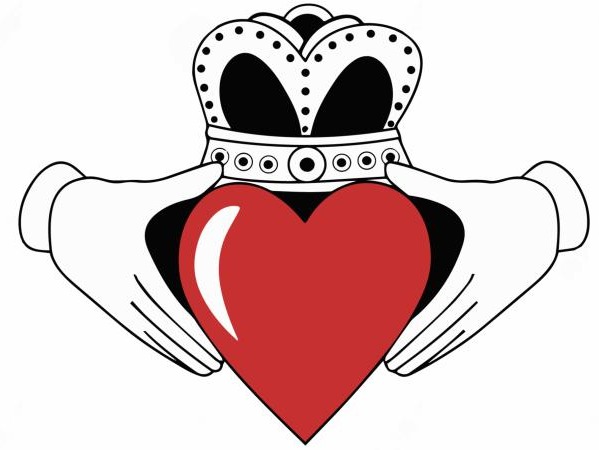
Why Multi-Step Forms are Game-Changers for Web Users
When pages get lengthy, forms can become daunting. Enter the multi-step form, a tool that revolutionizes user experience on websites. Imagine filling out a form for a new job without the dreaded endless scrolling—this is precisely the relief that multi-step forms deliver. By structuring longer forms into manageable steps, users engage with one part at a time, making daunting tasks smoother and less overwhelming.
The Journey: Building Your First Multi-Step Form
At first glance, creating multi-step forms from scratch using vanilla JavaScript and CSS may seem overwhelming. Yet, it’s a fantastic opportunity to dive deep into the basics and polish your skills. The journey to coding a multi-step form begins with understanding HTML structure and layering with CSS. We also learn to add JavaScript to ensure seamless navigation from one form step to the next, including highlighting current stages and showing how many more to go.
Canvas of Possibilities: The Structure and Styles
Starting with a simple HTML layout is vital. A job application form can be broken into sections like personal details, skills, and a final review. Think of HTML elements meticulously placed to capture vital information with corresponding styles to ensure an aesthetic flow. Add JavaScript for dynamic elements like step indicators to enhance engagement. This process may seem intricate, but with patience, it becomes second nature.
A Glimpse Into the Future of Form Development
As user interfaces evolve, the significance of seamless and intuitive forms will continue to grow. Multi-step forms represent just the beginning of innovative web user experiences. Moving forward, we can anticipate even more refined and responsive designs that adapt to users' needs, amplified by tech advancements in artificial intelligence and user interactivity.
 Add Row
Add Row  Add
Add 




Write A Comment